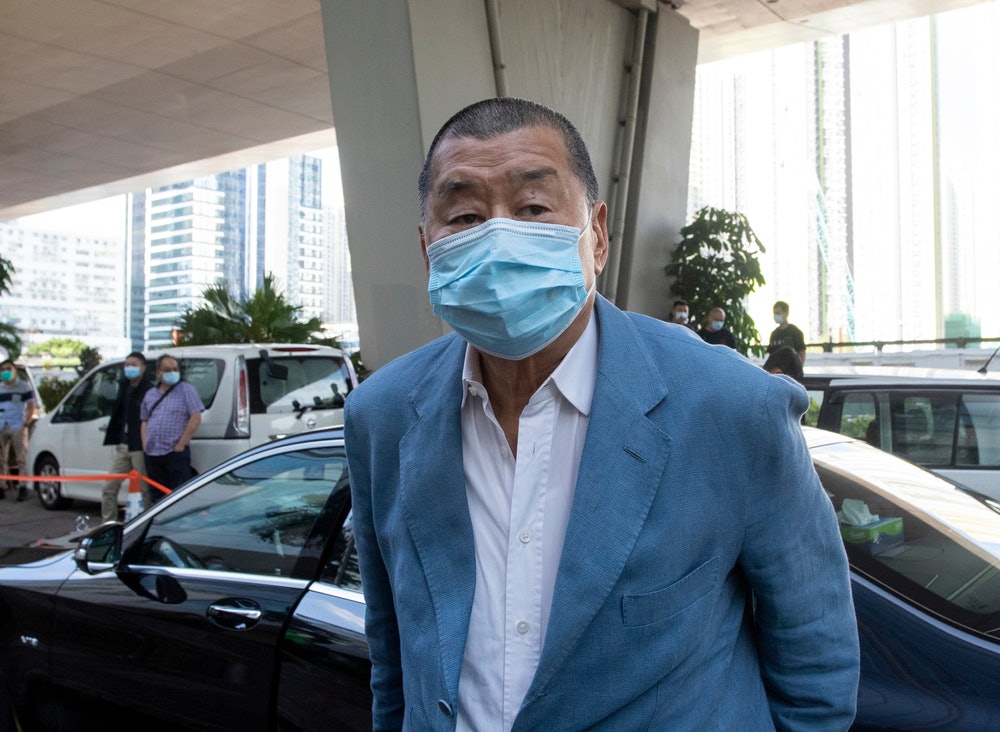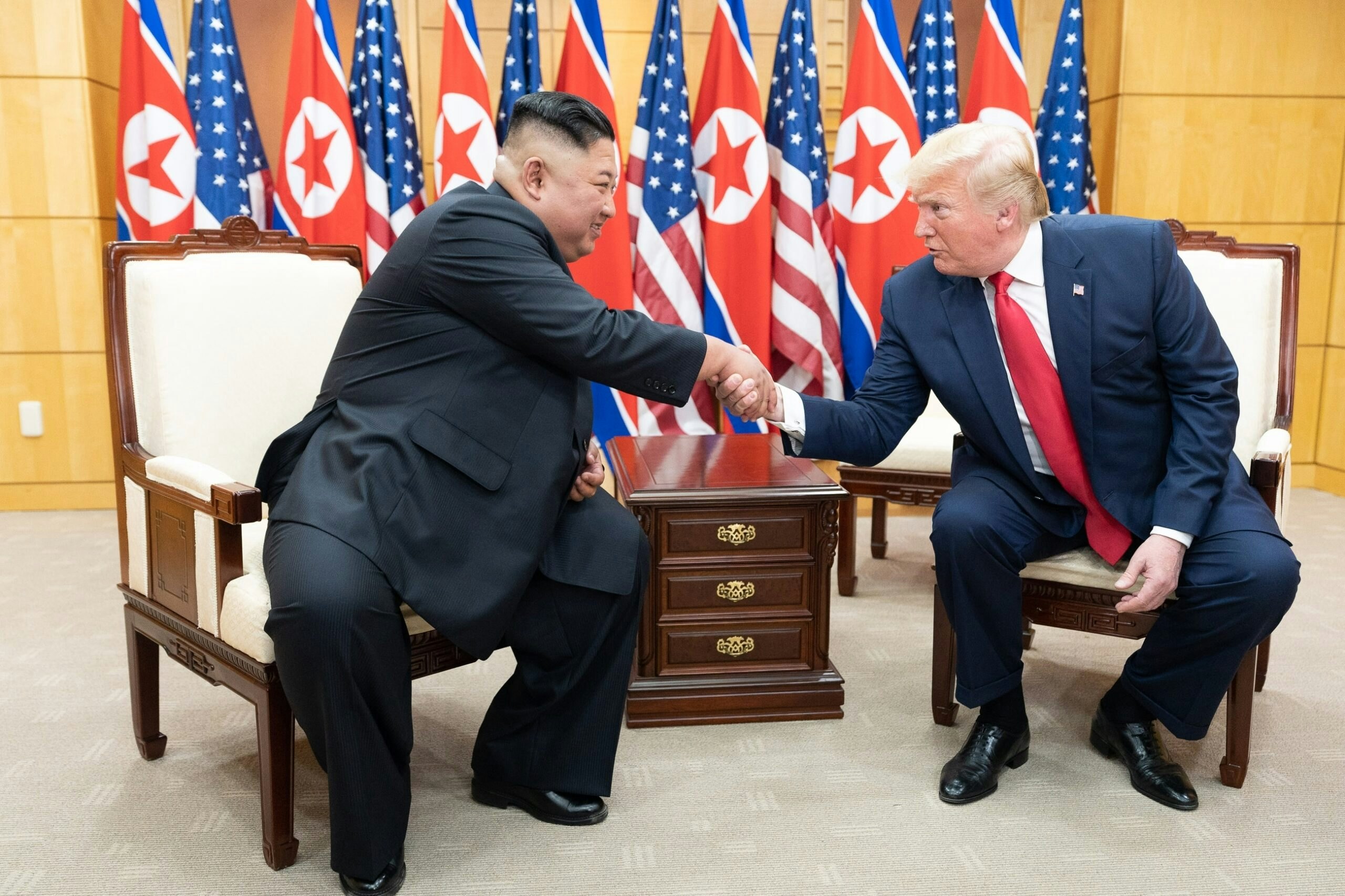Congress and the administration did the right thing by awarding the President’s Emergency Plan for AIDS Relief (PEPFAR) a waiver during pauses in foreign assistance, focusing the program on the most impactful areas, protecting its funding from recissions, and gearing up support for a budget that can address the program’s short and long-term commitments. Now, PEPFAR, Congress, and the administration must address several challenges to ensure the program gets back on track.
First, the administration must work quickly to appoint a U.S. global AIDS coordinator – a position that has been unfilled since the Trump Administration took office.
As an ambassador-at-large in the Department of State, the global AIDS coordinator should have direct access to the secretary of state. This allows the coordinator to work closely with partner governments and other stakeholders to combat authoritarian influence, build accountability and transparency, and strengthen oversight and results. Establishing leadership at PEPFAR will be critical to rebuilding collaboration between government agencies and ensuring that the program’s resources yield results.
Next, PEPFAR must reverse years of stalled progress to get the program back on course and fulfill its mission of ending HIV/AIDS as a public health threat by 2030. Those receiving treatment and prevention assistance through the program cannot afford any further interruptions.
In December, the program released its latest results, which showed that PEPFAR is providing lifesaving treatment for 20.6 million people. However, progress has stalled over the last three years. The number of people on ART through PEPFAR partnerships grew by over 4 million over three years from 14.6 million in 2018 to 18.96 million in 2021. Comparatively, between 2023 and 2024, that number only grew by approximately 130,000.
The data signals a concerning rise in the number of people lost to care. We have learned that results from the first quarter of FY 2025 (Oct. 1, 2024, to Dec. 31,2024) show that nearly one million people were lost to care in just three months.
Similar attention must be paid to preventing mother-to-child transmission (PMTCT) programs. According to UNAIDS’ latest data, the number of new HIV infections among children has declined by 62% since 2010, and progress in reducing new HIV infections is greatest among children. However, progress to reduce mother-to-child transmission, especially during breastfeeding, has stalled in recent years.
PEPFAR can have the greatest impact on reducing HIV infections by ensuring that people living with HIV have access to treatment and remain virally suppressed. Over the next year, PEPFAR must focus on working with communities and ministries of health to reestablish data streams, find gaps in program implementation across all populations and geographies, and address them in real time.
To address challenges posed to pregnant and breastfeeding women, PEPFAR must identify unique groups that are most at risk, targeting HIV-positive pregnant women with ARVs and HIV-negative pregnant women with pre-exposure prophylaxis (PrEP). Simultaneously, they must work with partners to address treatment for infants and young children born HIV-positive.
PEPFAR must also restore and strengthen relationships with local faith-based and civil society groups that partnered with USAID and have experienced interruptions or loss of funding. To strengthen national ownership, these groups should be supported directly, rather than through intermediaries in the United States to ensure funds get to the ground in the most effective manner.
PEPFAR must continue to focus on the job at hand while planning for the future of the program. The world is just five years short of 2030, when the program was envisioned to wind down. While several PEPFAR partner countries are on track to meet these goals, many are not, and some may be losing ground due to the programmatic gaps in retention in care and prevention.
Finally, since the beginning of the HIV epidemic, countries that have made substantial progress to end HIV in the general population face political barriers in addressing the needs of key populations. These topics should be a high priority during conversations at the United Nations General Assembly in New York early next month.
Approximately half of all funding for the HIV/AIDS response in low-and middle-income countries in 2024 was from domestic resources. People living with HIV and advocates must continue to push country governments to build national funding for public health and HIV programming as Vietnam and other middle-income countries have done. At the same time, country governments and civil society actors must work closely with PEPFAR to determine what is needed to reach the 2030 goals.
The world is incredibly close to ending HIV/AIDS as a public health threat – so long as we don’t get in our own way and fix the expanding gaps. Now is the time to come together to develop and use creative tools to ensure PEPFAR continues its lifesaving work and adequately prepares for the future.






























